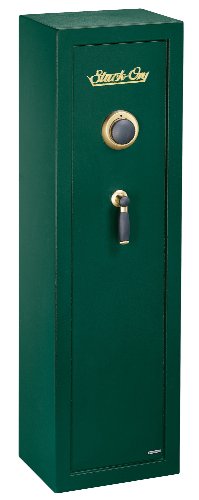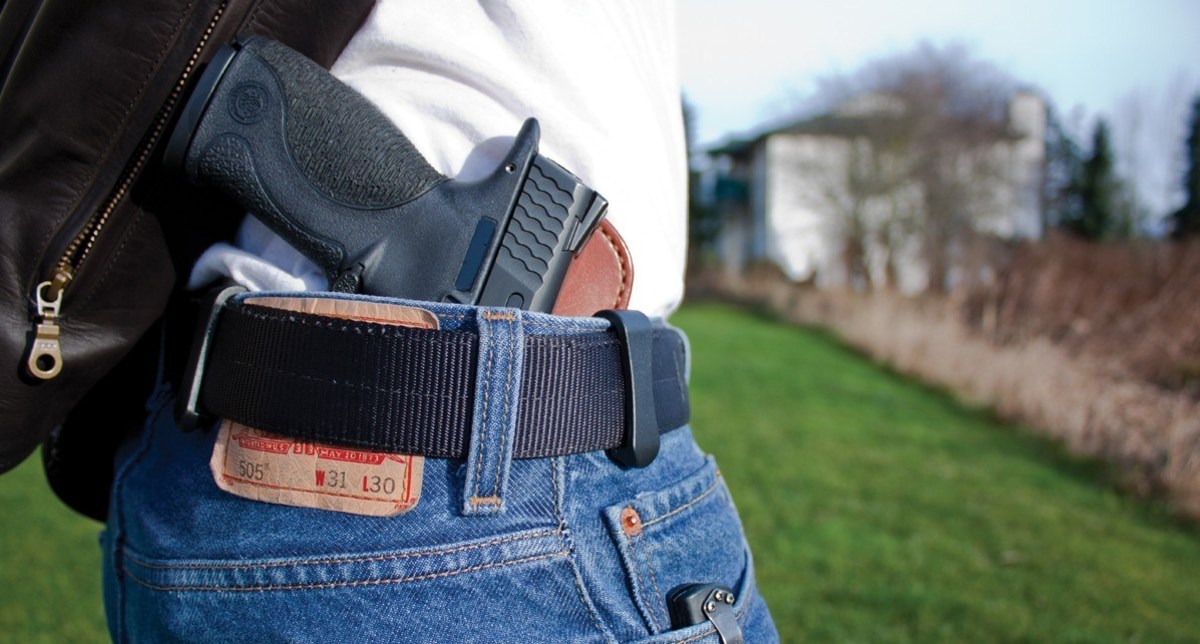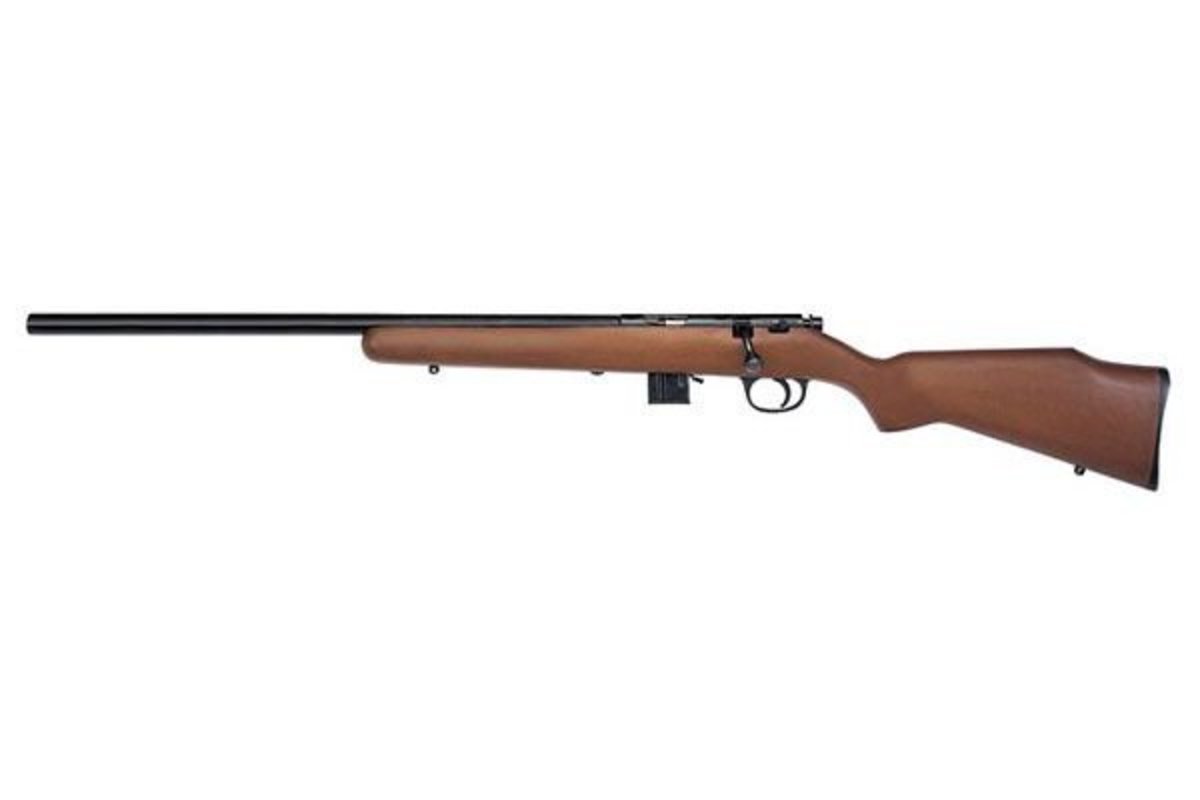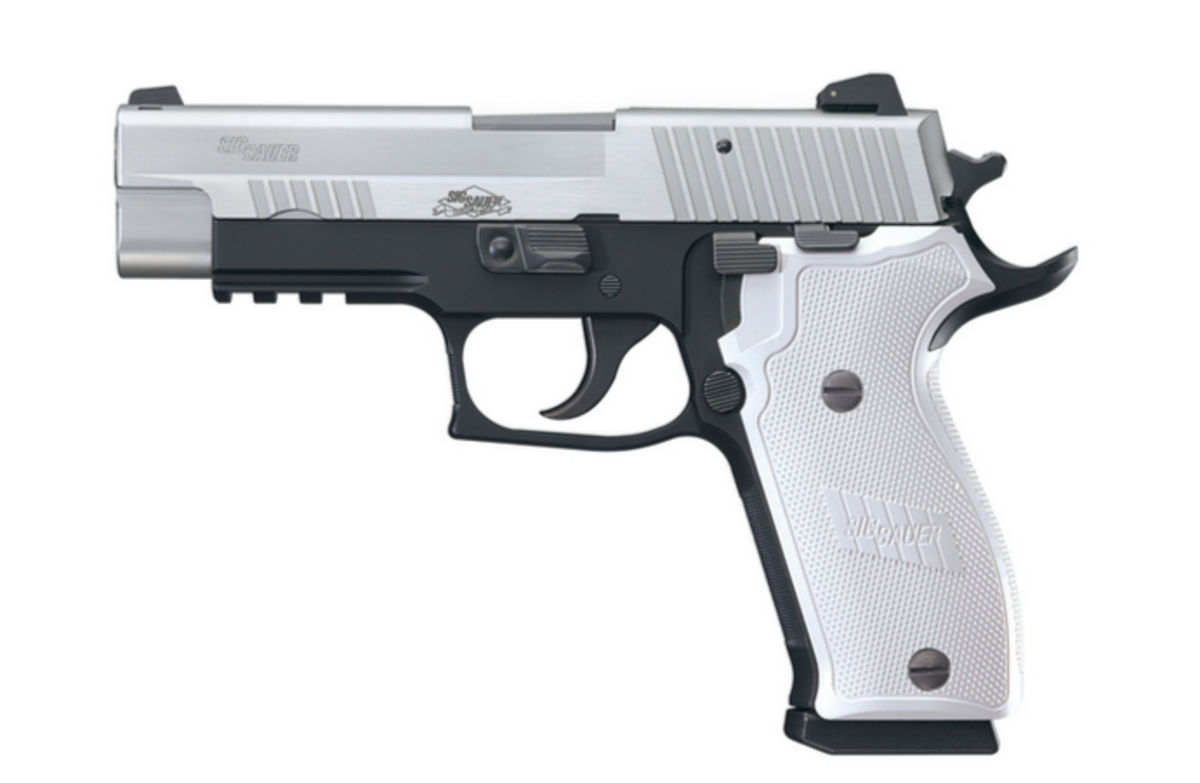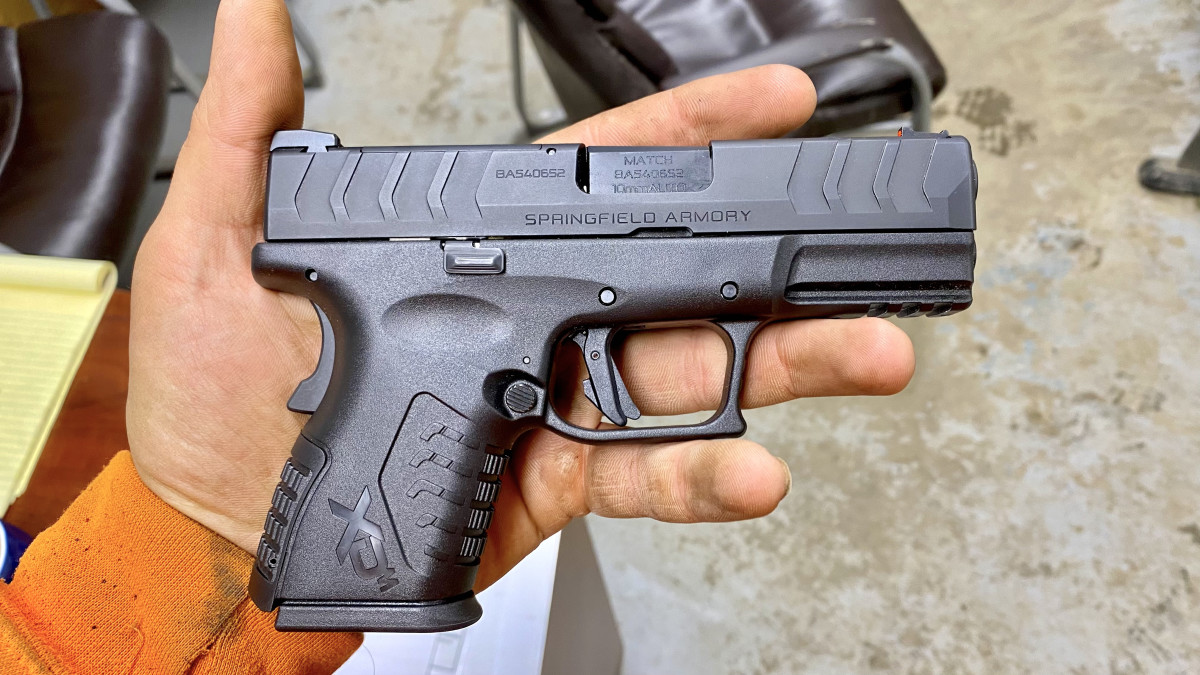- HubPages»
- Sports and Recreation»
- Hunting & Shooting»
- Guns & Accessories
Concealed Carry of Firearms - Gun Safes
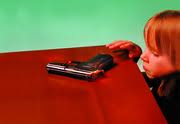
In my last article I told you that I would start getting into the nuts and bolts and start answering some questions and concerns that you may have about carrying a firearm for personal protection and firearm ownership in general. A common concern frequently is, and should be: “I can’t have a gun in the house, I have children.”
This is a very valid concern because many of us have children in our home. They might not be ours, they might be grandchildren, nieces, nephews, or the children of friends and neighbors. At some point you will have children, or irresponsible adults, in your home. Fear not. There are several ways to safely store guns in your home without having to worry about an accident.
And…having children in the house is a very valid reason to have a gun for self-defense. You want to be able to protect them effectively. Right?
Basics Of Secure Storage


Trigger and Cable Locks
The first and most basic is a lock and cable or trigger lock. A lock of some kind is required by law to be included with every new gun or they can be bought separately if you buy a used gun that doesn’t have one. A lock and cable is used by passing the cable or lock through a part of the gun that makes the gun inoperable such as through the magazine well and ejection port on a semi-automatic pistol or a chamber on a revolver as shown in the pictures. A trigger lock is a device that encloses the trigger guard of a firearm that requires a key or combination to install and remove.
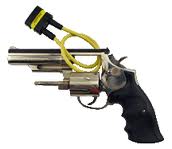
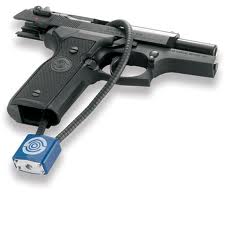
The downside of these methods is that a cable and lock only provides minimal protection against theft and a trigger guard doesn’t provide any. The cables are generally not very thick and can be easily cut. They’re also clumsy and slow to install and remove. For fast access, this is not the way to go.
Small Safes
The second method is a small safe and there are several varieties. If you’re only going to have one or two guns, this would be sufficient. They are available with:
- Keyed locks
- Dial combination locks
- Electronic combination locks
- Combination AND key lock
- Touchpad
- Biometric

Full Size Gun Safes
The third method is a full-size gun safe. These range from relatively small units that some home improvement stores sell to those that are as large as two or three refrigerators that you buy from a store that specializes in safes. They most commonly come with either a dial or electronic combination lock
Sometimes the electronic lock is standard, other times it’s optional. As an option the electronic lock adds $100 to $200 to the total cost. There are pros and cons to each and I’ll cover that shortly.
How Do You Decide What You Need?
Price - You can find a small basic safe for under $100 on up to whatever you want to spend.
Size - A good rule of thumb is to buy one twice as large as you think you’ll need. The reason is because once you have one, you’ll find several items that you’ll want to safeguard; paperwork, jewelry, backup media for your computer, etc. You’ll also have to decide where you’ll put it. Make sure to allow enough space so the door can be opened all the way. A small safe can be placed on a closet shelf or somewhere similar.
There are safes that only hold one or two handguns but are designed to be opened quickly and the small size allows them to be mounted almost anywhere. You can mount them under a desk or cabinet, or on the floor of your car or truck. It’s not a bad idea to have one in your vehicle because sometimes you will need to leave your gun in your car.
Larger safes can be placed in a garage as long as it’s climate controlled, or in a workshop or large laundry room. Some of the large safes are so nice looking that people will put them in their den or family room.
Whatever you decide to buy and wherever you decide to place it, BOLT IT DOWN! It can be bolted to a wood floor or wall stud using lag bolts or into concrete with concrete anchors.
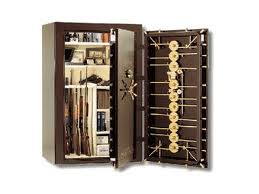
Fire Resistance – If you decide you need a fire resistant safe then you’ll want to compare the fire ratings on the models that you look at. Speaking of fire resistance, a common bit of advice is to locate your safe near an outside wall. The reason is that a house fire is the hottest at the center of the house and the side walls are frequently the last ones to burn.
The Door – Many safe companies brag about their doors. The problem is that those fancy doors drive up the price considerably. Double layer steel, triple layer steel, anti-drill plates, 26 locking bolts, etc. One piece of advice I came across when I was researching the full-size safe that I bought was, “Don’t buy a safe for its door.” The reason? An amateur without the proper equipment and enough time will not be able to get past your average full-size safe door. A pro will not bother with the door; he will go through the sides or top. Unless you’re able to get your hands on a bank safe with 1” thick steel all around, the wall construction and steel used for the body of most gun safes isn’t that much different from manufacturer to manufacturer.
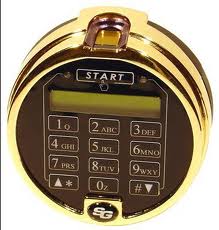
What Type Of Lock Do You Need?
Key – Easy to use. The downside is that they can be lost or if someone gets a hold of it, they have access to your safe.
Dial lock - requires no batteries and has no electronics to fail. The downside is that the combination cannot be easily changed, they are slow to operate, and hard to operate in dim light. This can get monotonous if you go into your safe frequently. The fact that they contain no electronics however doesn’t mean that they’ll never fail. Mechanical devices can fail too. Sometimes the disks will shift a little and your combination will change by one digit.
Electronic lock – Very easy and fast to operate. Downside is that they require batteries but a battery will last a long time. My small safe only needs a 9V battery every couple of years and I open and close this safe two to six times a day. My large safe only needs a 9V battery every year or so.
The electronic lock on my large safe failed recently after about 8 years of operation. The manufacturer has a lifetime warranty on parts so they sent a new lock and it was very easy to swap it out by myself. No locksmith was needed.
Dial or electronic lock with key – Some require the key and combination; these are designed for businesses that require “dual access”. One employee has the key, another has the combination. This helps keep everybody honest. Others can be opened with either the key or combination. My small safe requires key and combination but I don’t see any real advantage to this; the safe just happened to fill most of my requirements and the price was right. As a side note, the safe comes with funky looking skeleton key that’s used in conjunction with the standard key to get it open in the event the touchpad fails.
Touchpad – There are small safes that have indentations for your fingers, kind of like handprints in wet concrete. There is a button in each indentation so all you do is put your hand in the indents and press the buttons in a order that you program. They are very fast and can be operated in complete darkness. They usually have a key for backup.
Biometric – Reads your fingerprint. You just place your finger on the reader pad and the safe opens.
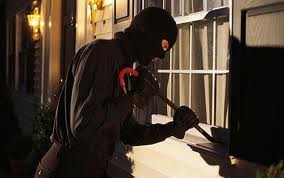
Do You Require Fast Access?
If your situation dictates that your handgun needs to be locked up all the time, then ease and speed of operation is very important. Your fine motor skills are the first thing to go when you’re facing danger. And if you just woke up, that won’t work in your favor either. You need to give yourself every advantage because you will not be able to operate a dial lock or insert a tiny key into a keyhole under pressure.
Securing a handgun also means that it can be on you or in your pocket. If you have children around, you have the option of keeping it in your safe or carried on your person.
Where To Buy
Gun shops and sporting goods stores certainly come to mind but aren’t the only places to look. If you just need a small safe, an office supply store might have what you’re looking for. I have one that comfortably houses four handguns and requires a key and combination to open. It cost about $140.
Placement
To maximize protection from fire, you should place your safe near an outside wall, preferably a corner. A corner is good because a fire is going to be the hottest at the center of a house. The reason is that a fire burns hottest at the center of a house. Having it at a corner of the house minimizes the possibility that it will be in the center of a fire. If that corner also happens to be the corner that the fire department will most likely be close to upon arrival, that's even better.
A Myth
I’ve heard people say that the wiz kids of today will figure out a combination and get a safe opened. Not if you use a proper combination. Don’t use your address, phone number, zip code, birthday, etc. as your combination. If you do, then yes, somebody could figure it out.
Electronic locks are designed so that the touchpad stops responding for a period of time after three or four invalid codes. This keeps somebody from trying various combinations until it unlocks. Some even alert you if someone has tried an invalid code. On my safe, with a 15 minute lockout period, I calculated that it would take 7 years to try all of the combinations; not accounting for eating and sleeping.
Responsibility Is Up To You
Having a way to secure your guns is a critical part of gun ownership. If you don’t yet own a gun but are planning on buying one, secure storage should be the first item on your list. If you already have guns but don’t have a way to secure them, doing so should be a priority.


